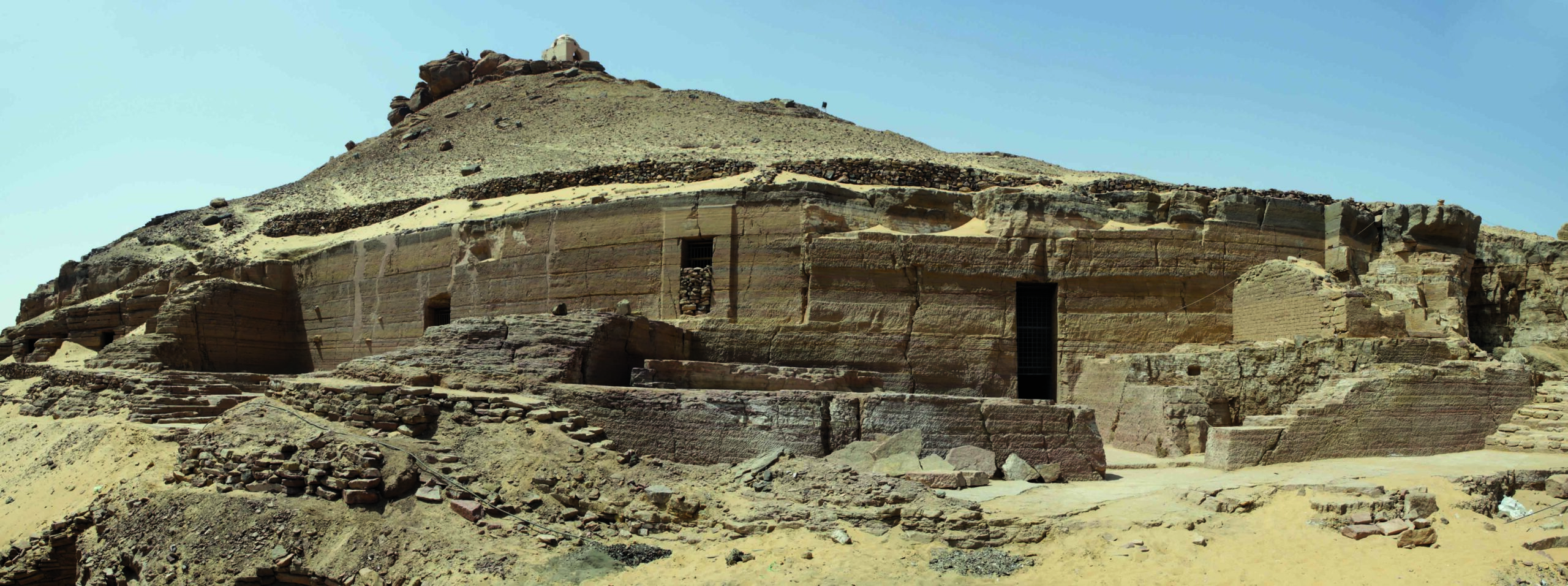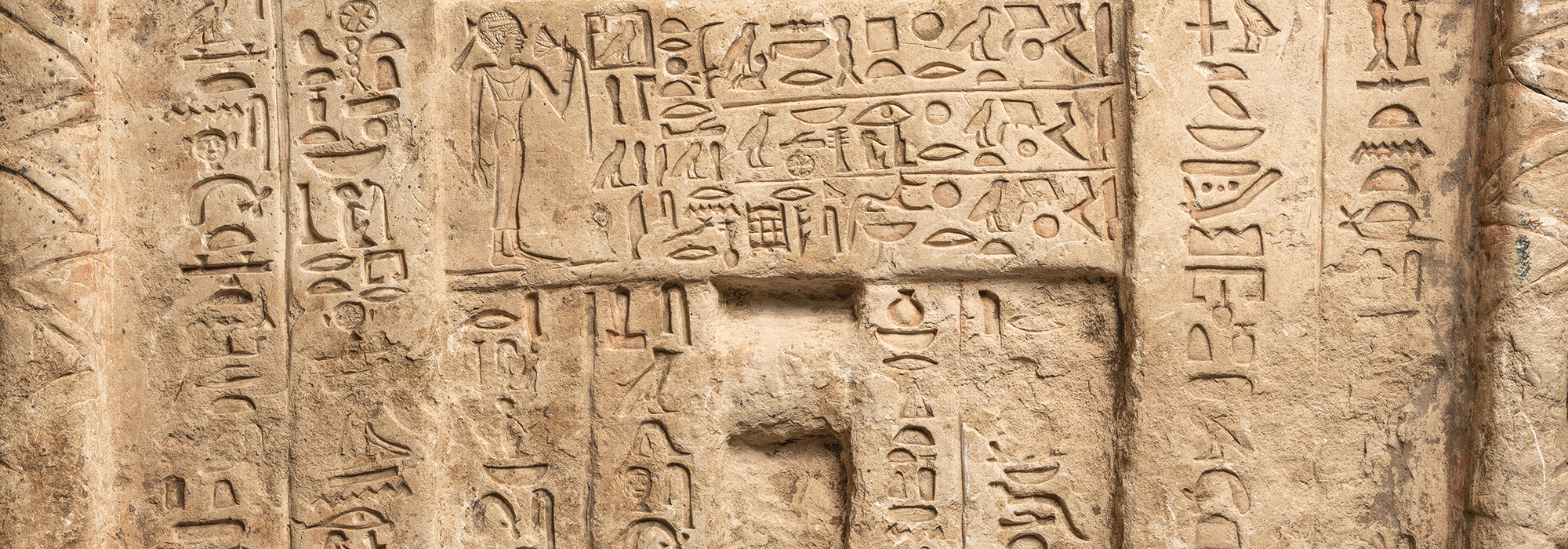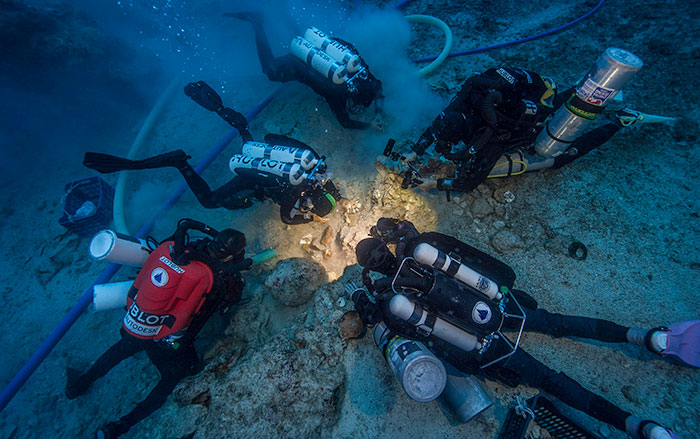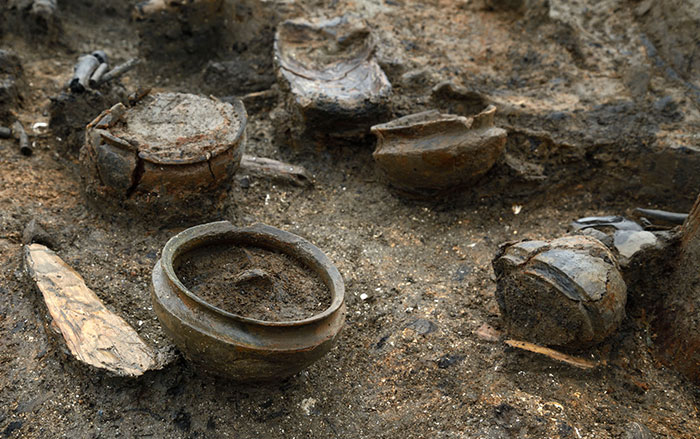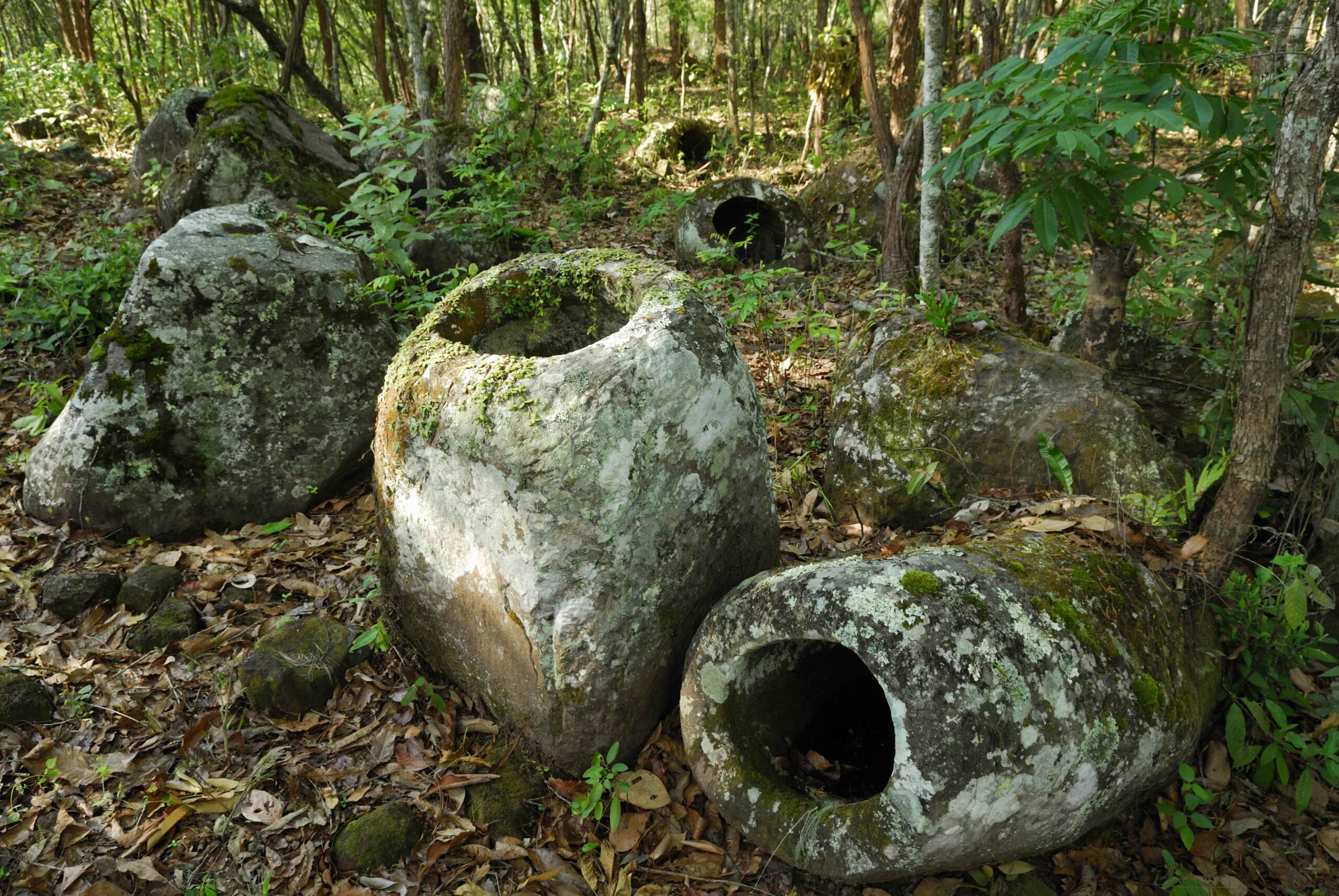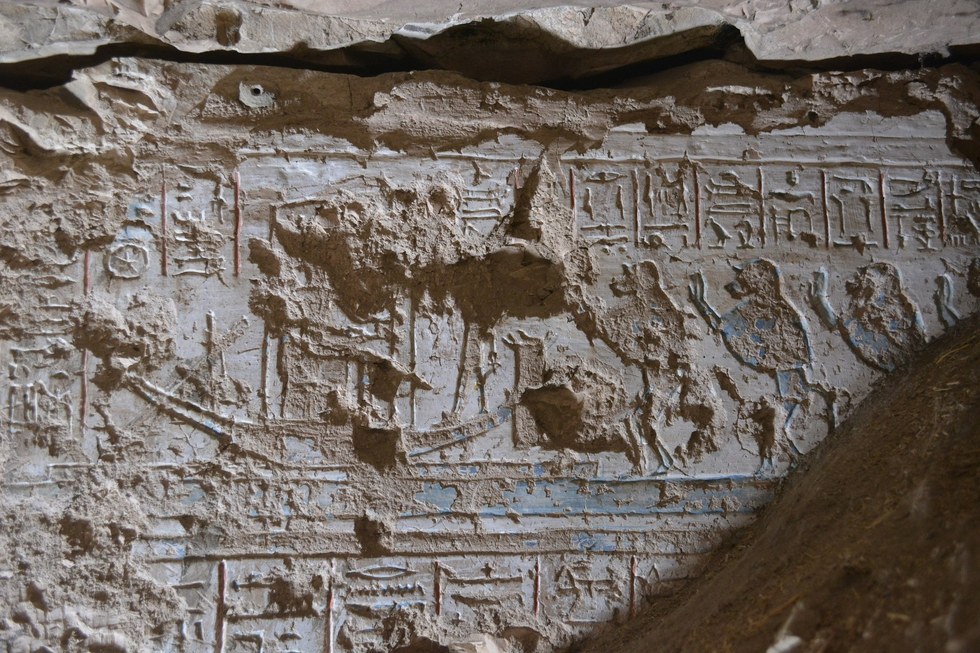
SHINJUKU, JAPAN—Seeker reports that a team led by Jiro Kondo of Waseda University was working in Luxor, in the forecourt of the tomb of the royal scribe Userhat, when they discovered a hole leading to a previously unknown chamber. Hieroglyphics identified the chamber as the tomb of Khonsu, another royal scribe. The style of the tomb’s paintings suggests that it dates to between 1292 and 1069 B.C. A picture of four baboons adoring the solar boat of the sun god Ra-Atum had been carved on the chamber’s north wall. Baboons were associated with wisdom, science, and measurement, are believed to have been spiritual muses of scribes, and are also linked to Ra-Atum, perhaps because they warm themselves in the morning sun, and make noise when the sun rises. Baboons are not native to Egypt, but are thought to have been imported from Nubia as pets. Their morning calls may have also served as alarm clocks. Images on another section of wall depict Khonsu and his wife worshipping Osiris and Isis. Illustrations of two ram-headed deities, perhaps Khnum or Khnum-Re, are also present. For more, go to “A Pharaoh’s Last Fleet.”




